Aerosol, Cloud, Humidity Interactions Exploring and Validation Enterprise (ACHIEVE)
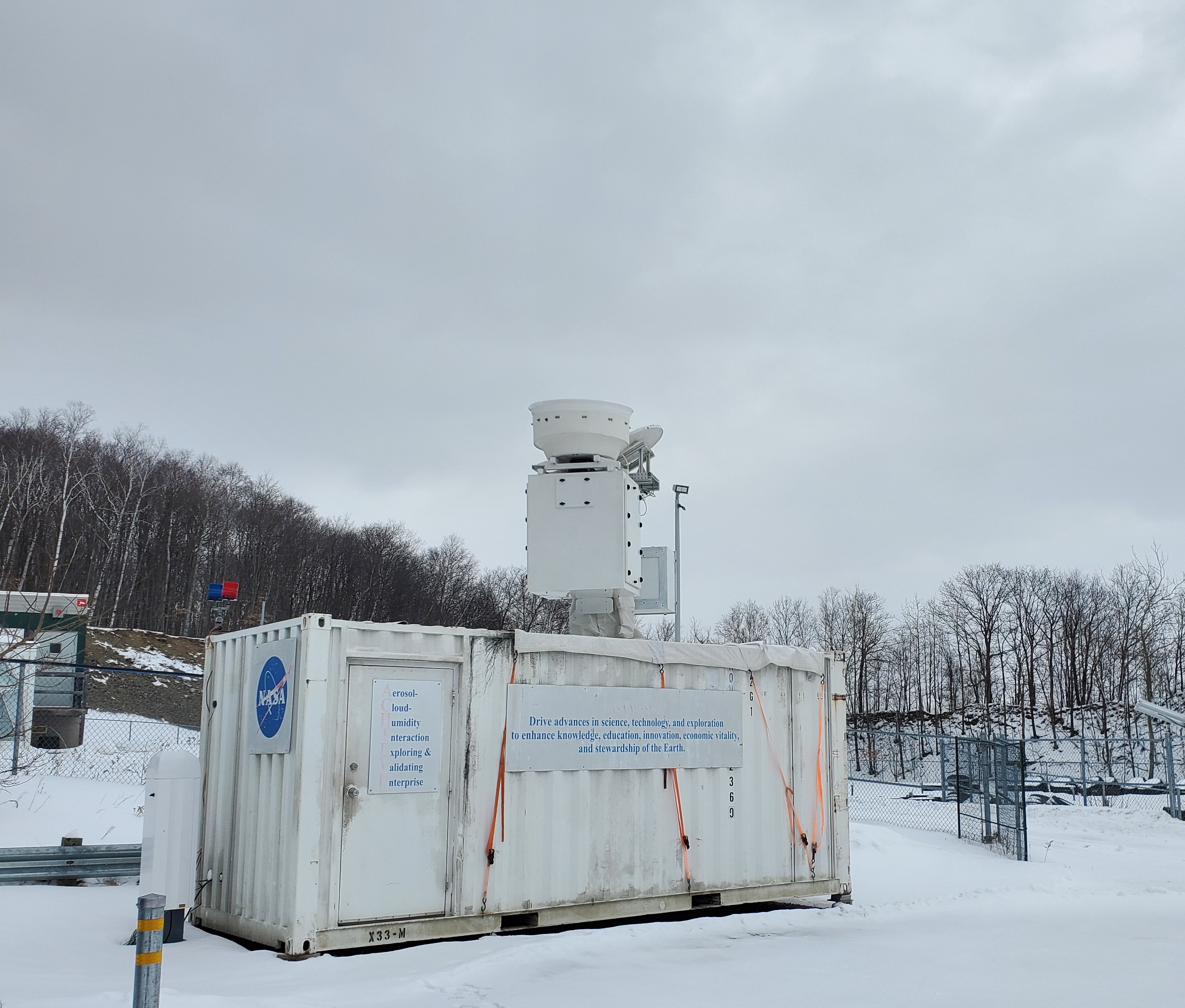
The NASA Aerosol, Cloud, Humidity Interactions Exploring and Validation Enterprise (ACHIEVE) is a transportable ground-based laboratory for obtaining remotely-sensed measurements of cloud and precipitation properties within the troposphere. ACHIEVE’s primary instrument is the scanning W-band (94 GHz) Doppler cloud radar, which provides measurements of radar reflectivity, Doppler velocity, Linear Depolarization Ratio (LDR), and Doppler spectrum width at a range resolution of 25-50 m, and temporal resolution of 1-2 seconds. Doppler power spectra can also be recorded. A vertically-pointing 910 nm wavelength ceilometer provides concurrent measurements of aerosol backscatter profiles, along with retrieved cloud base heights and boundary layer structure information every 30 seconds. ACHIEVE is part of NASA/Goddard Space Flight Center’s Surface-based Mobile Atmospheric Research and Testbed Laboratories (SMARTLabs).
Contact: Adrian Loftus (adrian.m.loftus@nasa.gov)
Atmospheric Emitted Radiance Interferometer (AERI)
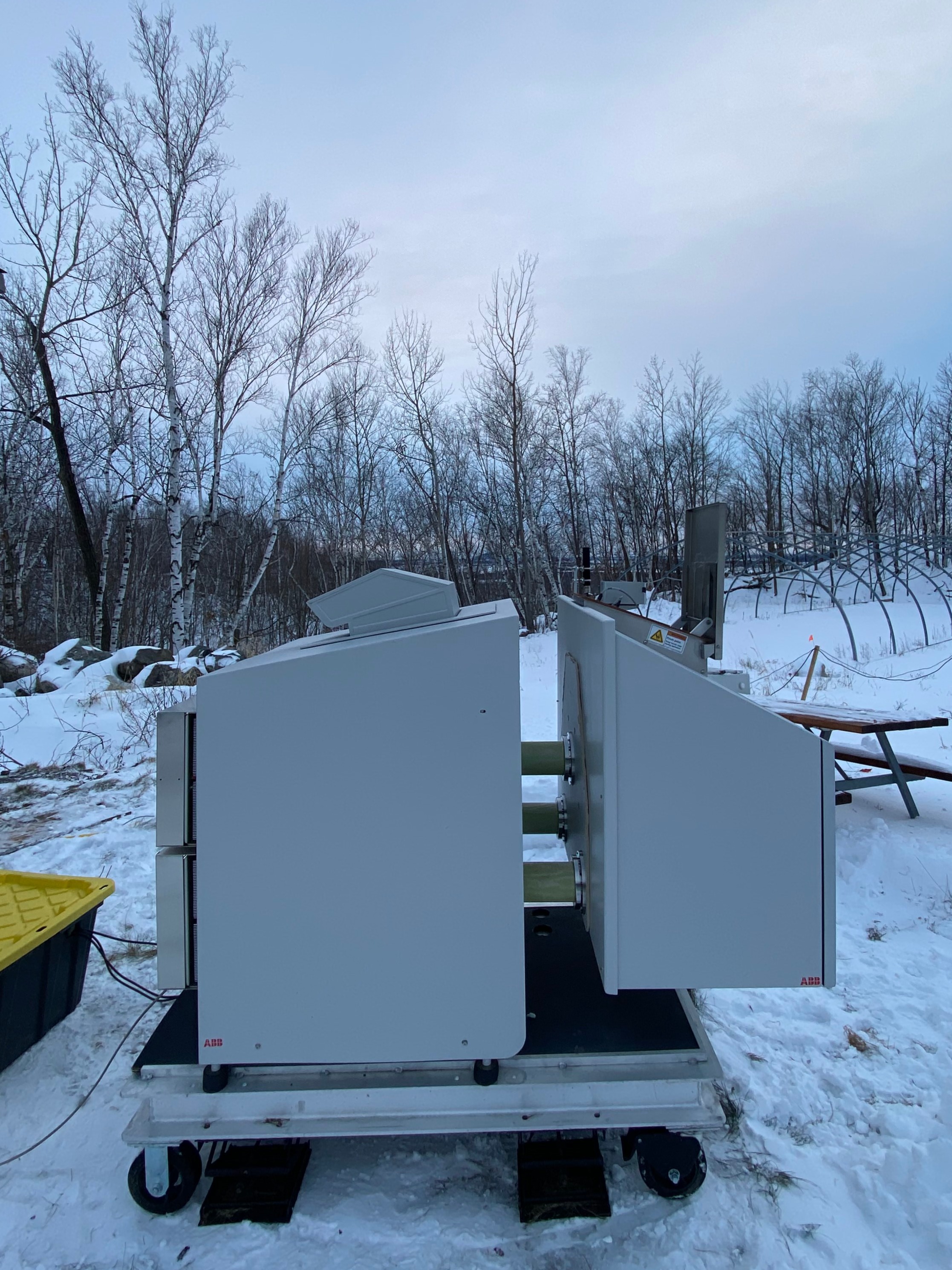
The Atmospheric Emitted Radiance Interferometer (AERI), deployed on the ground, measures downwelling longwave radiance emitted by the atmosphere with SI-absolute accuracy, serving as a critical foundation for weather and climate monitoring. AERI provides spectral coverage from 520 to 3200 cm-1 with a high spectral resolution of 0.5 cm-1, enabling it to capture information about various atmospheric variables based on their unique absorption features in the infrared. Its high temporal resolution, approximately 20 seconds, makes it particularly suitable for detecting rapid changes in atmospheric conditions.
Contact: Yi Huang (yi.huang@mcgill.ca); Eve Bigras (eve.bigras@mcgill.ca)
Far-INfrarEd Spectrometer for Surface Emissivity (FINESSE)
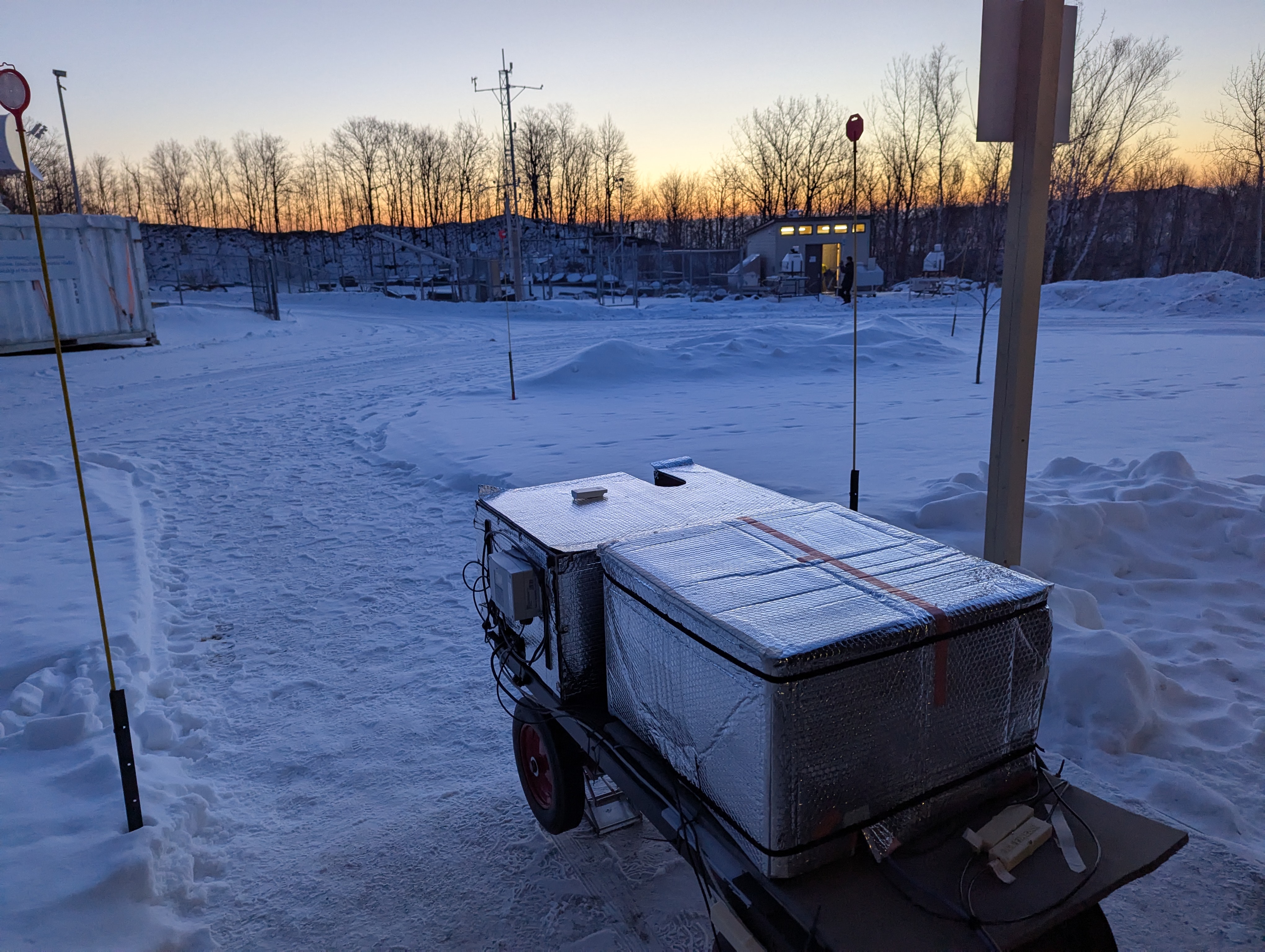
The Far-INfrarEd Spectrometer for Surface Emissivity (FINESSE) instrument is a Fourier Transform Infrared spectrometer. FINESSE combines a commercial Bruker EM27 spectrometer with a custom pointing and calibration system designed and built at Imperial College London.
FINESSE has a measurement range of 380 - 1600 cm-1 (6.25 - 26 μm) with a high spectral resolution of 0.5 cm-1. It can acquire a single measurement in 0.8 s and is hardened to operate in temperatures down to -20 °C.
The radiance measurements made by FINESSE will be used to understand the far-infrared emission of clear sky and ice clouds and to measure the far-infrared surface properties of snow and ice surfaces.
Contact: Helen Brindley (h.brindley@imperial.ac.uk);
Far-Infrared Radiation Mobile Observation System (FIRMOS)
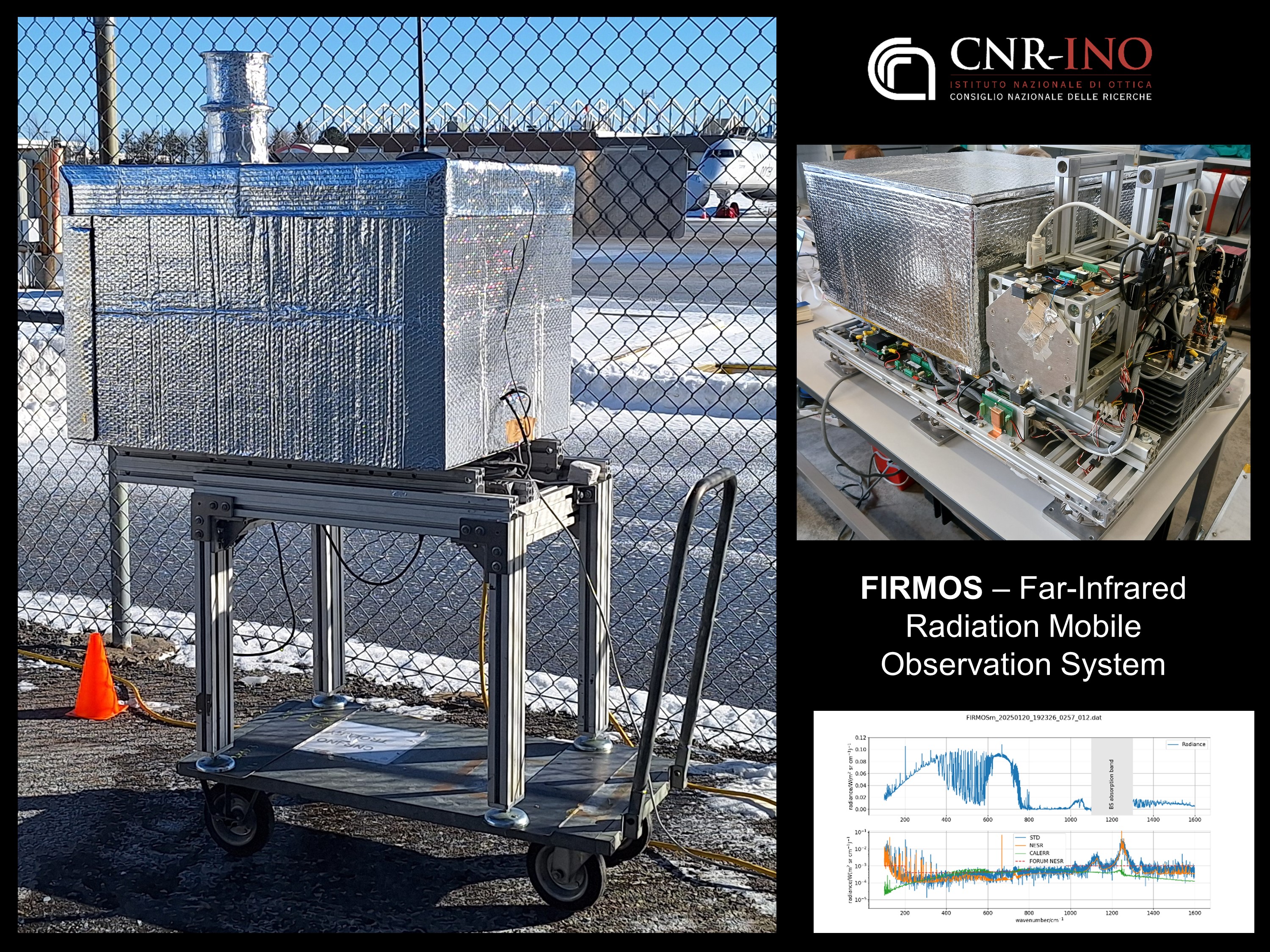
The Far-Infrared Radiation Mobile Observation System (FIRMOS) is an infrared Fourier-transform spectroradiometer, developed by CNR-INO to support ESA in the preparation of the FORUM Earth Explorer 9 mission. The instrument can be operated both onboard stratospheric balloons and on ground, up to high altitudes. It measures the upwelling/downwelling spectral radiance emitted by the atmosphere and the Earth’s surface in the spectral band from 100 to 1600 cm-1 (6.25-100 µm in wavelength) with a high spectral resolution of 0.4 cm-1. The noise-equivalent-spectral-radiance is < 1 mW m-2 sr-1 cm (< 0.5 mW m-2 sr-1 cm in the far-infrared band) with an acquisition time of 1 min. FIRMOS measurements will be utilized to study the radiative spectral properties of cirrus clouds, atmospheric water vapour, and snow/ice surface emissivity in the under-explored far-infrared region that is crucial for enhancing the scientific readiness of the ESA FORUM mission.
Contact: Silvia Viciani (silvia.viciani@cnr.it); Luca Palchetti (luca.palchetti@cnr.it)
HISRAMS
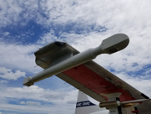

The High Spectral Resolution Airborne Microwave Sounder (HiSRAMS) is a prototype instrument (Auriacombe et al., 2022) developed by AAC Omnisys, National Research Council Canada (NRC) and McGill University under European Space Agency (ESA) funding and operated onboard the NRC Convair-580 research aircraft. HiSRAMS consists of two spectrometers covering absorption bands of oxygen (49.6-58.3 GHz) and water vapor (175.9-184.6 GHz) respectively. It can be configured to measure single-polarized or dual-polarized radiance at up to 305 kHz spectral resolution. HiSRAMS brightness temperature spectra and Optimal Estimation Method retrievals of temperature and humidity profiles were validated in clear-sky conditions in a dedicated flight campaign in 2021-2022 (Bliankinshtein et al., 2023, Liu et al., 2024), and in presence of liquid-phase clouds in a 2023 campaign.
Contact: Natalia Bliankinshtein (Natalia.Bliankinshtein@nrc-cnrc.gc.ca);
FIRR-2
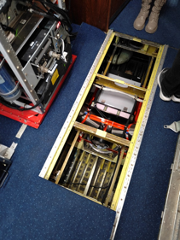
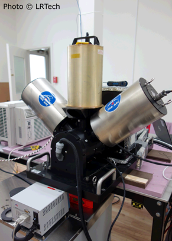
The Far-InfraRed Radiometer-2 (FIRR-2) is a passive ground-based instrument owned by Environment and Climate Change Canada (ECCC). FIRR-2 is an innovative atmospheric radiometer that provides radiometrically-calibrated data in eight spectral channels in the range of 7.9-27.5 μm of which 15-27.5 μm are in the far-infrared. This wavelength range is of great interest for the study of water vapor and cloud microphysical properties particularly in dry and cold environments such as polar regions. The instrument has recently been modified by its manufacturer and redesigned for nadir-viewing onboard the Convair aircraft. Measurements are enabled with the use of a far infrared detector based on microbolometers developed by the Institute of Optic of Canada (INO). This new technology is compact, low-cost, and can operate remotely 24/7 without any human intervention. In addition to the post-processed temperature and moisture profiles, FIRR-2 can also provide cloud microphysics information on Arctic Thin Ice Clouds (TIC). Finally, FIRR-2 is a technological precursor for the upcoming Thin Ice Cloud and Far InfraRed Emissions (TICFIRE) satellite mission, scheduled for launch in 2032.
Contact: Zen Mariani (zen.mariani@ec.gc.ca); Raphaël Peroni (peroni.raphael@uqam.ca)
Tripod with Multiple Instruments
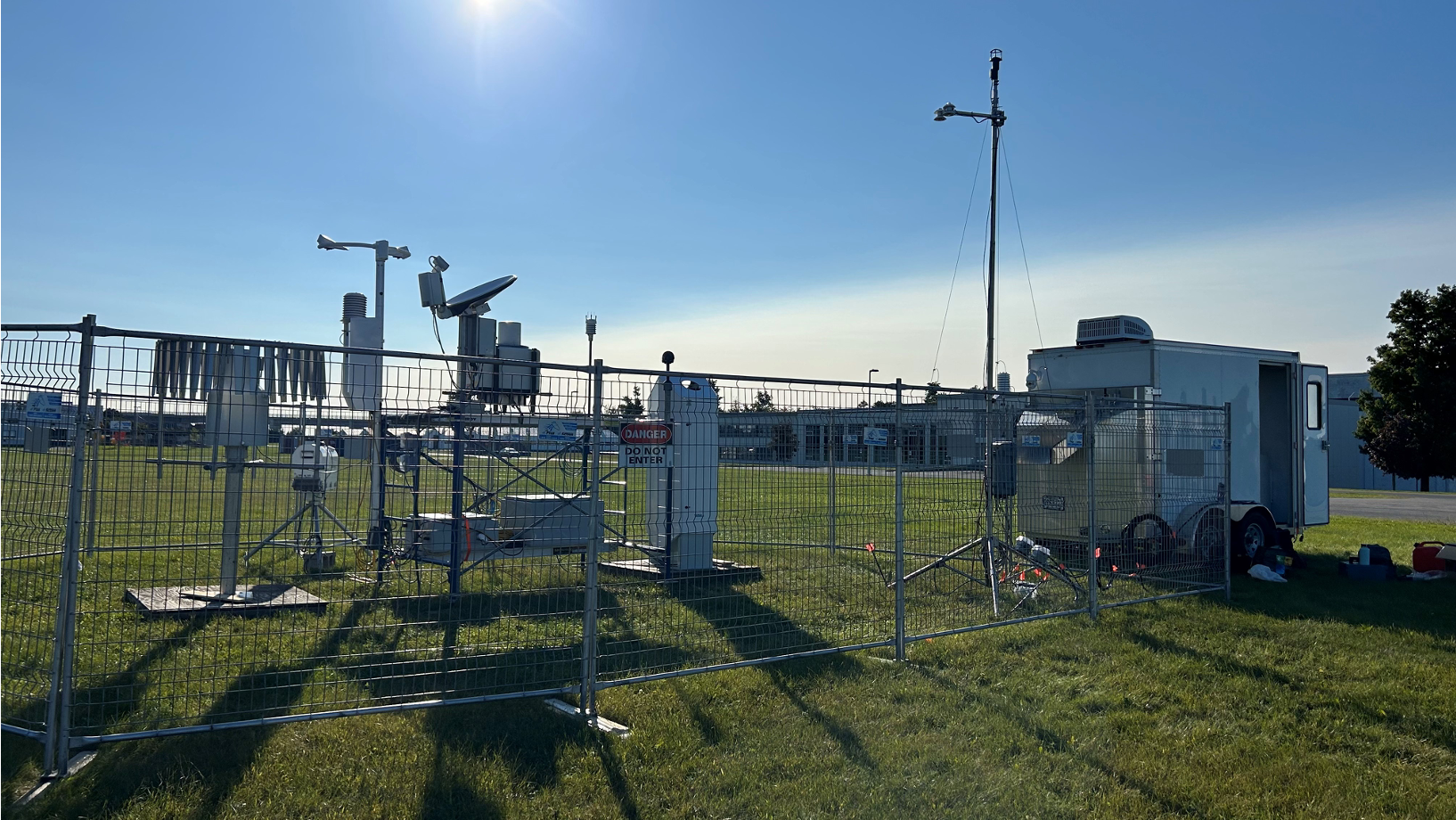
| Instrument | Measure | Height |
|---|---|---|
| Garmin high sensitivity receiver | GPS position | Approx 1m |
| NR01-Hukseflux net radiometer 4 component | Radiation | A bit lower than 3m, toward south |
| Hygrovue10 | Digital temperature and RH | 2m |
| CS655 Water content reflectometer plus temperature sensor | Soil temperature and water content | In ground |
| Barovue 10 digital barometric pressure sensor | Atmospheric pressure | Approx 1m |
| RM Young ultrasonic 2-axis anemometer | Wind direction, wind speed | Approx 3m |
Contact: Eve Bigras (eve.bigras@mcgill.ca)
W-band
The NRC Airborne W-band radar system (NAW), a 94.05 GHz cloud radar, has some unique components and design features that allow it to measure cloud/precipitation systems from afar with very fine temporal and spatial resolution. NRC re-equipped one receiver channel of the NAW with a dedicated radiometer RF frontend and modified the radar electronics and software, to obtain measurements from the radar (‘active channel’) and radiometer (‘passive channel’) at 94.05 GHz in an interleaving mode. The radiometer RF frontend implemented on NAW allows to measure sequentially the receiver output power corresponding to 1) the noise source turned on (‘hot load’), 2) the noise source turned off (‘warm load’), 3) and the antenna. The resulting Radar-Enhanced W-band Airborne Radiometer Detection System (REWARDS) is effectively a noise-diode-calibrated W-band radiometer. The information provided by REWARDS mainly derives from cloud particles, complementing that obtained in the G band.
Contact: Cuong Nguyen (Cuong.Nguyen@nrc-cnrc.gc.ca)